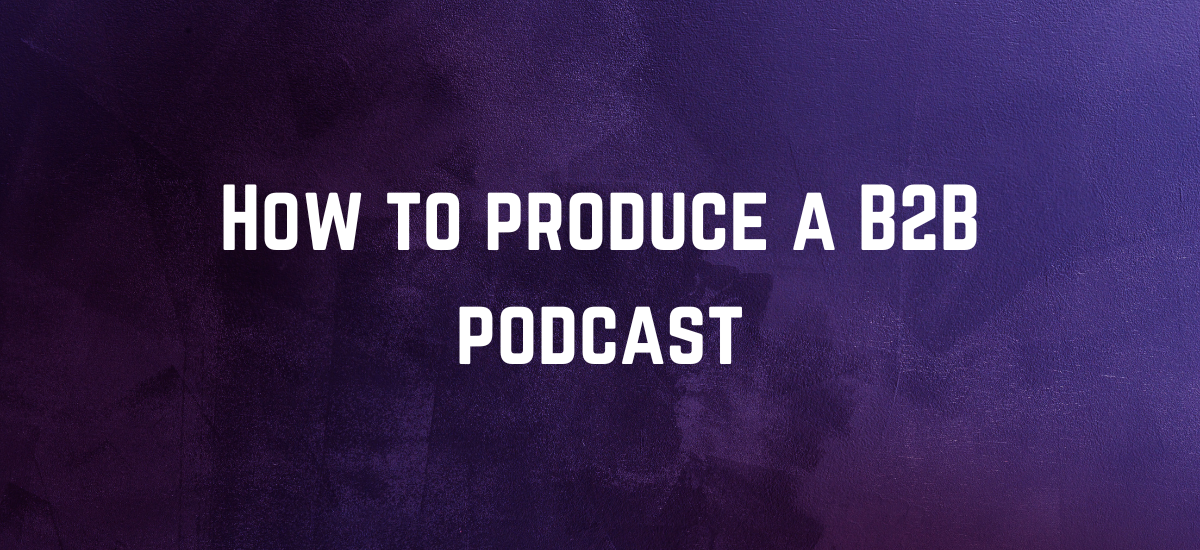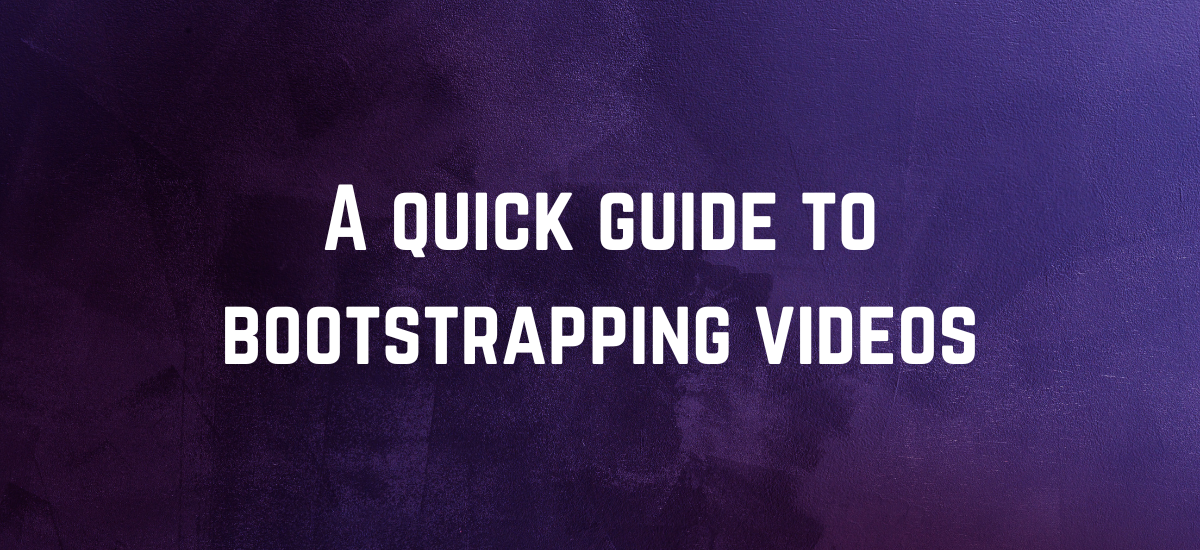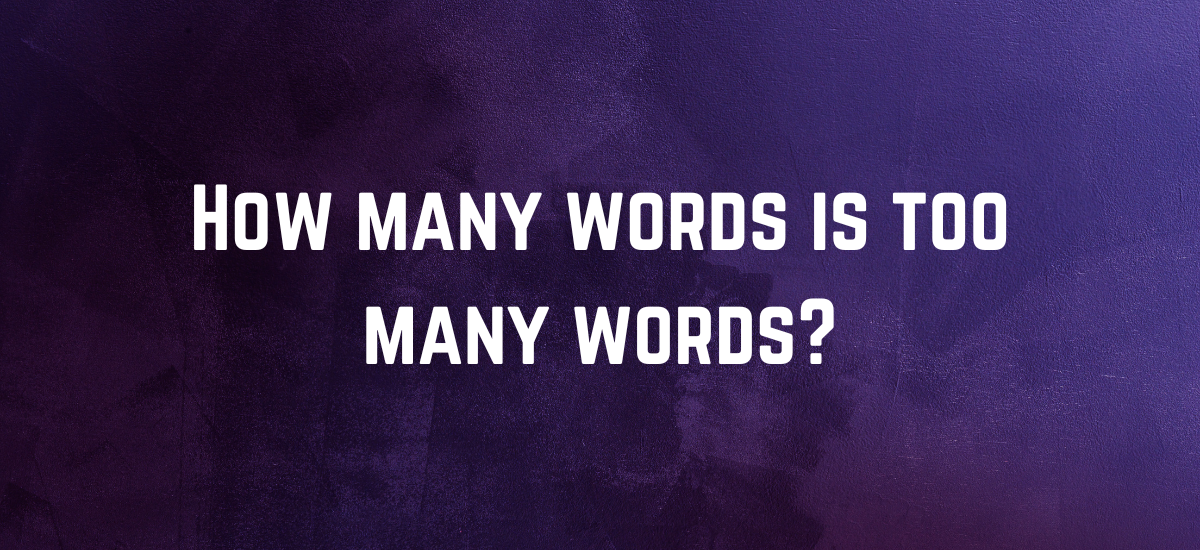by deborah
Share
by deborah
Share

Fifth Third Bank, based out of Ohio, knew they had to reach a younger generation.
After realizing many recent college graduates didn’t have full-time jobs, the bank asked: “How can we help this age group?”
Soon, the ideas flowed. They offered $1 million in complimentary job coaching, plus they used Twitter to ask these young job seekers why they should have the money.
Using hashtags to collect tweet entries, Fifth Third chose 80 daily winners. With the incoming tweets, the bank engaged participants and gathered insights into the millennial mindset.
In addition, Fifth Third created a microsite featuring stories and job advice. The result? The campaign generated tons of conversations with potential customers. By utilizing a vault of practical content, the bank reached an underserved demographic.
The campaign provides a perfect example of content marketing for financial services.
What is Content Marketing?
Content marketing serves as an essential tool for today’s businesses, especially for those in the financial sector.
When customers look for answers, they go online. Their search leads them to the highest-ranked web pages. These sites overflow with content, usually in articles, blogs, and videos.
When a company does a great job with promoting its content, customers are more likely to choose them. Providing right-in-time information helps you get in front of customers before your competition. When you approach content with the primary goal of educating, people will flock to you for the answers they seek.
Your high-quality content impacts a customer’s decision-making process perhaps more than any other aspect of your marketing.
The Future of Content Marketing for the Financial Services Industry
Smart Distribution of Content
Yes, blogs and podcasts sound like old news. But their benefits continue to stretch into the future, especially when combined with an intentional distribution strategy. Once you create engaging content for your platforms, focus on circulating your information with a wide net.
Emails provide one of the easiest ways to inform your targeted audience. For example, use stories and interesting financial questions in your email to ‘hook’ your readers. Once you do, they’re more likely to click on your material.
This simple promotion to your database generates a consistent stream of traffic to your blog/website/landing page. Plus, when you have pixels utilized on your site, you can retarget those visitors through online ads.
Other ways of distribution include social media posts and syndication services. Regardless of what you use, here’s the key: instead of creating content and hoping for visitors, go after them by placing bait on your marketing fishing rod.
Chatbots and AI
A chatbot is interactive software that works much like texting. Offered on a website or an app, it simulates a customer’s conversation with a real person. Only the person isn’t really there.
AI refers to Artificial Intelligence. It’s the power of machine learning to help move someone down the customer journey. It pulls data to gain insights into your audience, personalizing their experience for uses such as push notifications, online advertising, and hyper-specific content.
For your financial services content, both chatbots and AI bring real-time engagement with a potential customer. Blog visitors get to enjoy relevant content based on their location and browsing history.
In addition, a chatbot can answer questions, upsell services, and direct people to specific content on your site. For example, someone’s question can be answered with a link to a blog article. Other benefits include ease of use and 24/7 availability.
Hubspot provides a starter list including providers such as Watson Assistant, Drift, and Genesys.
Video
Video will continue making an impact in the future. A massive amount of people engage with online video because it’s often easier to consume than long articles.
With improved technology and hosting options, producing video content is no longer the sole territory of production companies. At times, it may be in your best interest to skip elaborate production and instead focus on authentic connection, especially when posting to social media.
When video content is genuine, the trust factor grows. Video content is easier than ever to personalize with software options like Loom. There’s also tremendous value in offering compelling webinars that attract your target audience.
Video content can be used repeatedly. When added to your online library, users can access past videos that answer their most pressing financial questions.
Omnichannel Strategy
What is an omnichannel strategy? It’s using content across a variety of channels. When you do it right, it brings a seamless experience to every customer touchpoint.
With an omnichannel strategy, your financial services content works consistently across your website, social media, email, blog, podcast, and company app. When combined with chatbots and AI, your content breathes new life. You can recognize customers across devices and connect them to your most relevant media.
An omnichannel focus makes delivering timely messages easier than ever. These conversations inspire people to buy since you’re providing value in the many digital spaces they visit. This also encourages top-of-mind awareness and trust in your brand.
The Focus of your Financial Services Content
No matter which content approach you choose in the financial services industry, how can you tell if it’s effective for both now and the future?
Remember to focus on two key elements:
1) Your revenue — is your content increasing sales?
2) Your analytics — is your content connecting with people and adding them to your database?
Over time, you’ll see more leads, more sales, and an army of loyal fans.
Just ask Fifth Third Bank.





